PDF-nursery rhymes were a particularly rich field of images and colours fo
Author : trish-goza | Published Date : 2016-08-09
for granted and there are always complex feelings of mixed emotions that Power and weakness or inferiority domination and submission or bondage contemptuousness
Presentation Embed Code
Download Presentation
Download Presentation The PPT/PDF document "nursery rhymes were a particularly rich ..." is the property of its rightful owner. Permission is granted to download and print the materials on this website for personal, non-commercial use only, and to display it on your personal computer provided you do not modify the materials and that you retain all copyright notices contained in the materials. By downloading content from our website, you accept the terms of this agreement.
nursery rhymes were a particularly rich field of images and colours fo: Transcript
Download Rules Of Document
"nursery rhymes were a particularly rich field of images and colours fo"The content belongs to its owner. You may download and print it for personal use, without modification, and keep all copyright notices. By downloading, you agree to these terms.
Related Documents

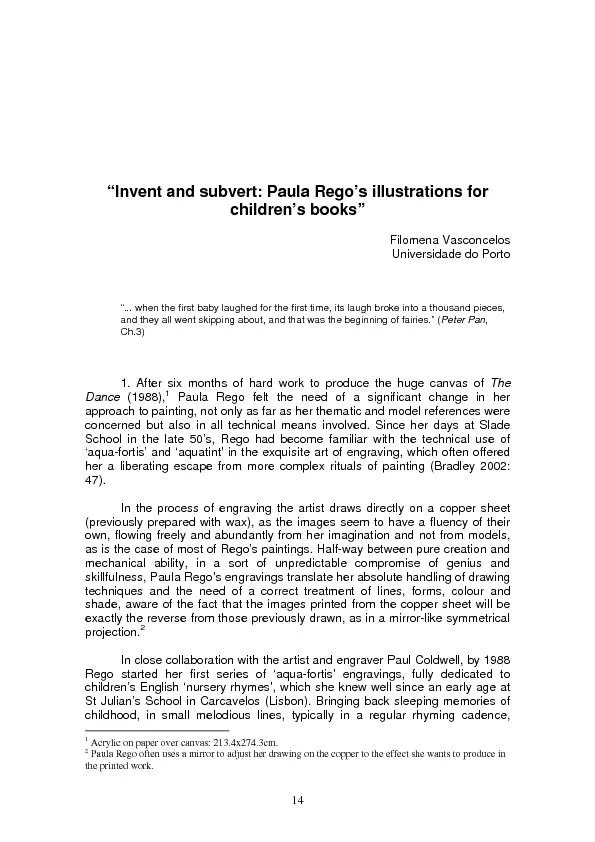
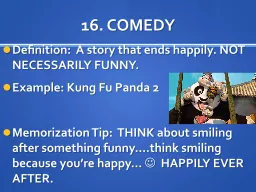

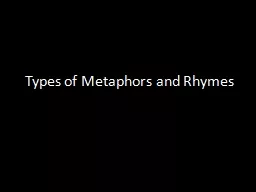
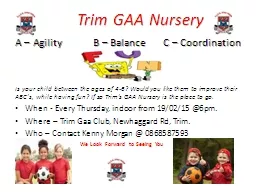
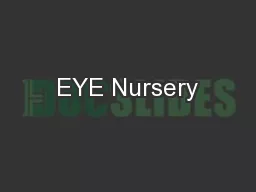
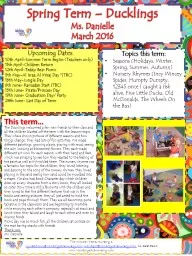
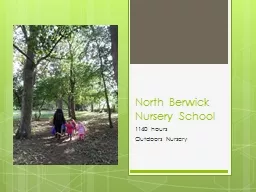



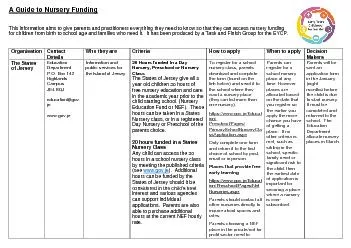
![[DOWNLOAD] Nursery Teacher Gifts: Thank You An Amazing Nursery Teacher: Notebook A5 Great](https://thumbs.docslides.com/1005466/download-nursery-teacher-gifts-thank-you-an-amazing-nursery-teacher-notebook-a5-great-for-nursery-teacher-leaving-gifts-preschool-graduation-thank-you-birthday-or-christmas-presents.jpg)
